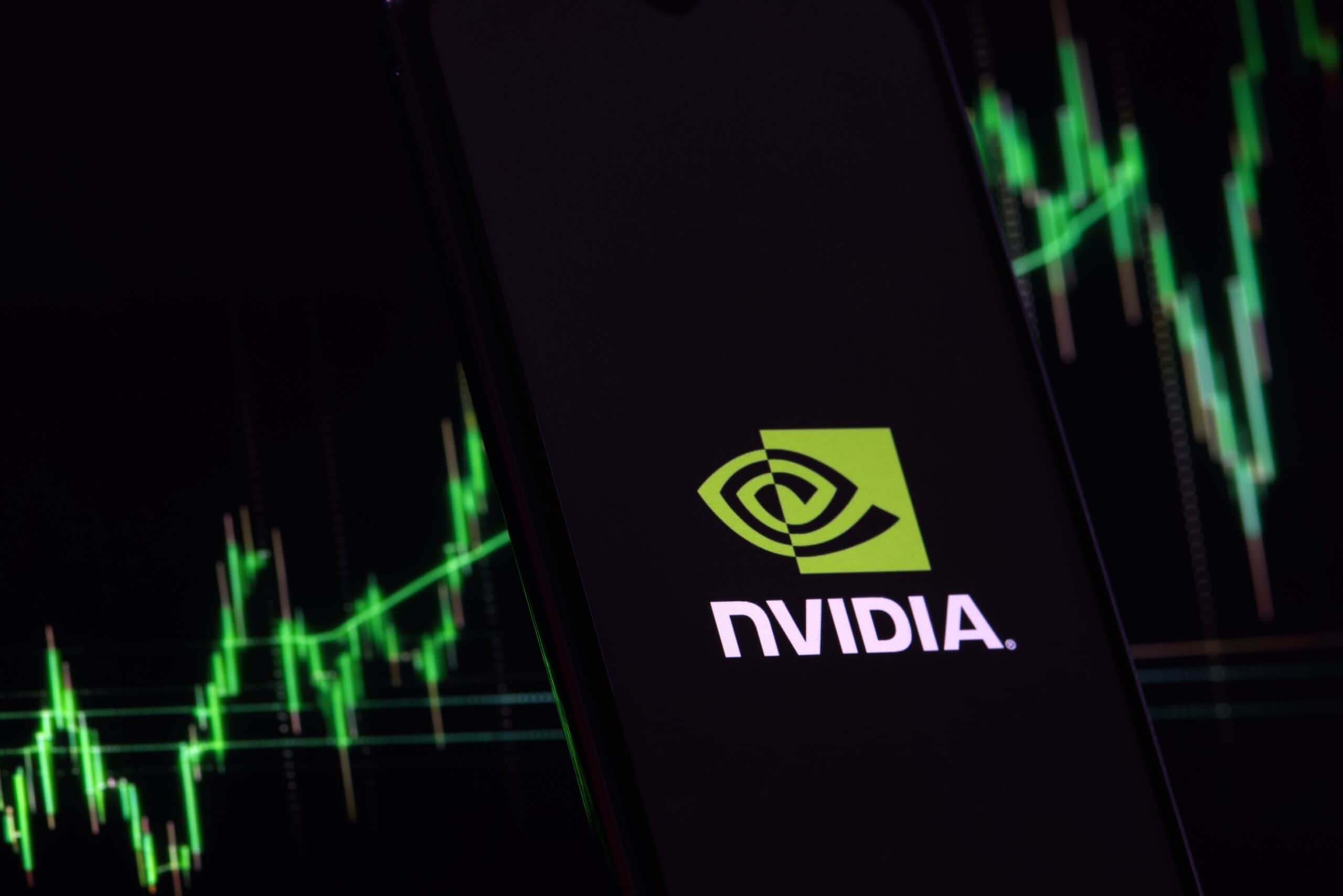
"The trade war with China was tough on Nvidia Corp. ( NASDAQ: NVDA) investors. In April, shares hit a year-to-date low below $87 apiece. Like its fellow Magnificent 7 members, Nvidia struggled due to economic uncertainties about the effects of tariffs, as well as due to Chinese AI innovations. Bears saw Nvidia stock falling further because of bearish pressure from the broader market. Yet, some investors remain optimistic for a sustained rebound, and that has been the case."
"The stock returned to all-time highs as tariff fears dissipated and macro data improved. The bearish argument that prevailed on Wall Street early this year is not entirely gone. While the AI rally may continue, it remains speculative, whereas the reasons for Nvidia stock's decline in the spring are genuine. Nvidia may still be at a crossroads right now. We do not know for sure where the stock will go next, but with the data on hand, we can speculate."
"AI Infrastructure Dominance: Nvidia controls an estimated 80% of the AI accelerator market through its H100/H200 GPUs and CUDA software ecosystem. It is tough for Nvidia customers to switch to another supplier. This has allowed the company to dominate the industry, with customers returning year after year. As such, it is well-positioned to capture growth from the $400 billion AI chip market projected for 2030."
Nvidia experienced a sharp spring decline as trade-war tariff fears and Chinese AI competition pushed shares to under $87 in April, followed by a rebound to all-time highs as macro data improved. Bears remain cautious because some spring headwinds were real and the AI rally retains speculative elements. Three primary drivers through 2030 are clear: dominant AI infrastructure share via H100/H200 GPUs and CUDA, explosive data-center revenue growth from $4.3 billion in Q1 2023 to over $35.6 billion in Q4 2024 requiring continual GPU and energy-efficiency innovation, and the question of whether massive margins can be preserved as competitors advance.
Read at 24/7 Wall St.
Unable to calculate read time
Collection
[
|
...
]